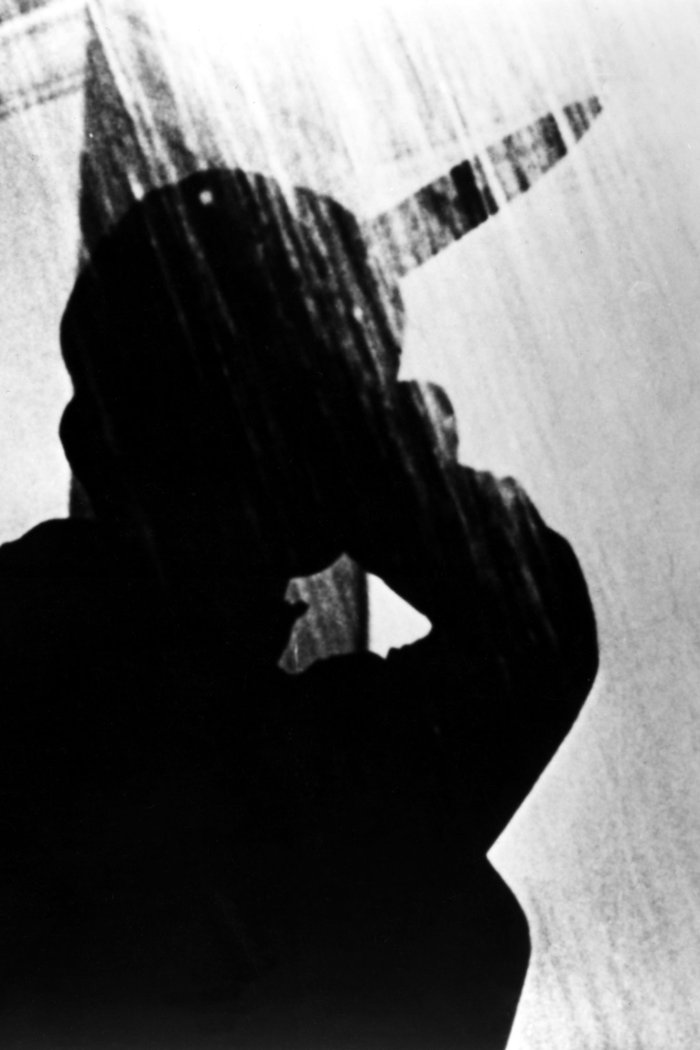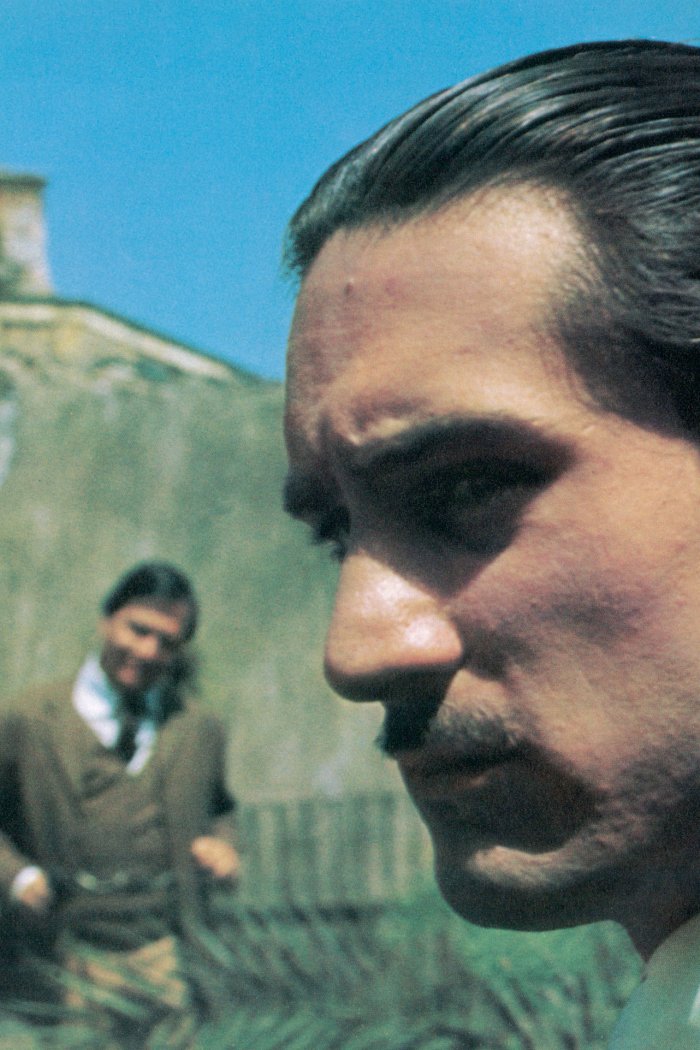The shark looks phony—even Steven Spielberg knew it—but the delicate calibration of tension around it is sublime. Spielberg was only 26 when he made Jaws, and he wasn’t sure he’d be able to pull it off: plagued by malfunctioning mechanical sharks, not to mention a feud between two of his stars, Robert Shaw and Richard Dreyfuss, the picture seemed doomed as he was filming it on Martha’s Vineyard. But the movie he delivered betrayed none of that anxiety. Roy Scheider plays a new police chief trying hard to make the beaches of fictitious Amity Island safe from a hungry killer with very sharp teeth. Dreyfuss and Shaw butt heads as, respectively, a brainy oceanographer and a weatherbeaten shark hunter. (Offscreen, Shaw viewed the younger actor as an arrogant punk. He’d say to Dreyfuss, “Mind your mannerisms,” just before the cameras rolled.) But the shark is what everyone remembers—even though you barely get to see it.
Jaws is always cited as the movie that changed the industry forever, a blockbuster whose success dictated how future movies would be sold. But its craftsmanship, and not its marketing, is what should be held up as a model. There’s old-school elegance in Spielberg’s use of movie language, even in a picture whose ostensible reason for existing is to scare audiences to bits. Like Alfred Hitchcock before him, Spielberg knew that an implication could be more terrifying than anything you actually see. And so he shot and edited around his fake shark, using John Williams’ score—its central motif carved from ominous, string-heavy strokes of sound—as the killer’s aural calling card. We know how that shark ought to look, and in our brains, we reconfigure him into the most terrifying beast imaginable. We are our own best special-effects department, and Spielberg knew how to put us to work.
- Cybersecurity Experts Are Sounding the Alarm on DOGE
- Meet the 2025 Women of the Year
- The Harsh Truth About Disability Inclusion
- Why Do More Young Adults Have Cancer?
- Colman Domingo Leads With Radical Love
- How to Get Better at Doing Things Alone
- Michelle Zauner Stares Down the Darkness




